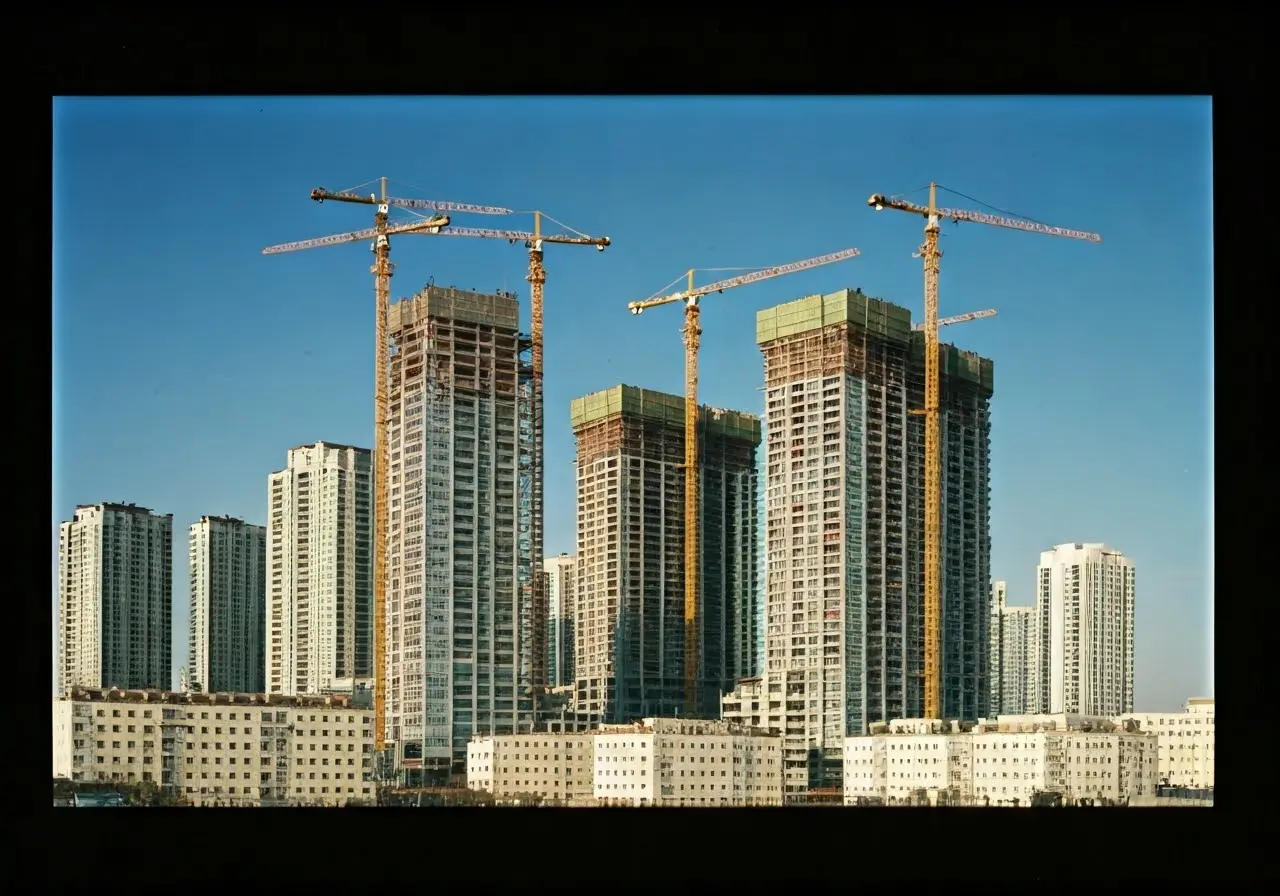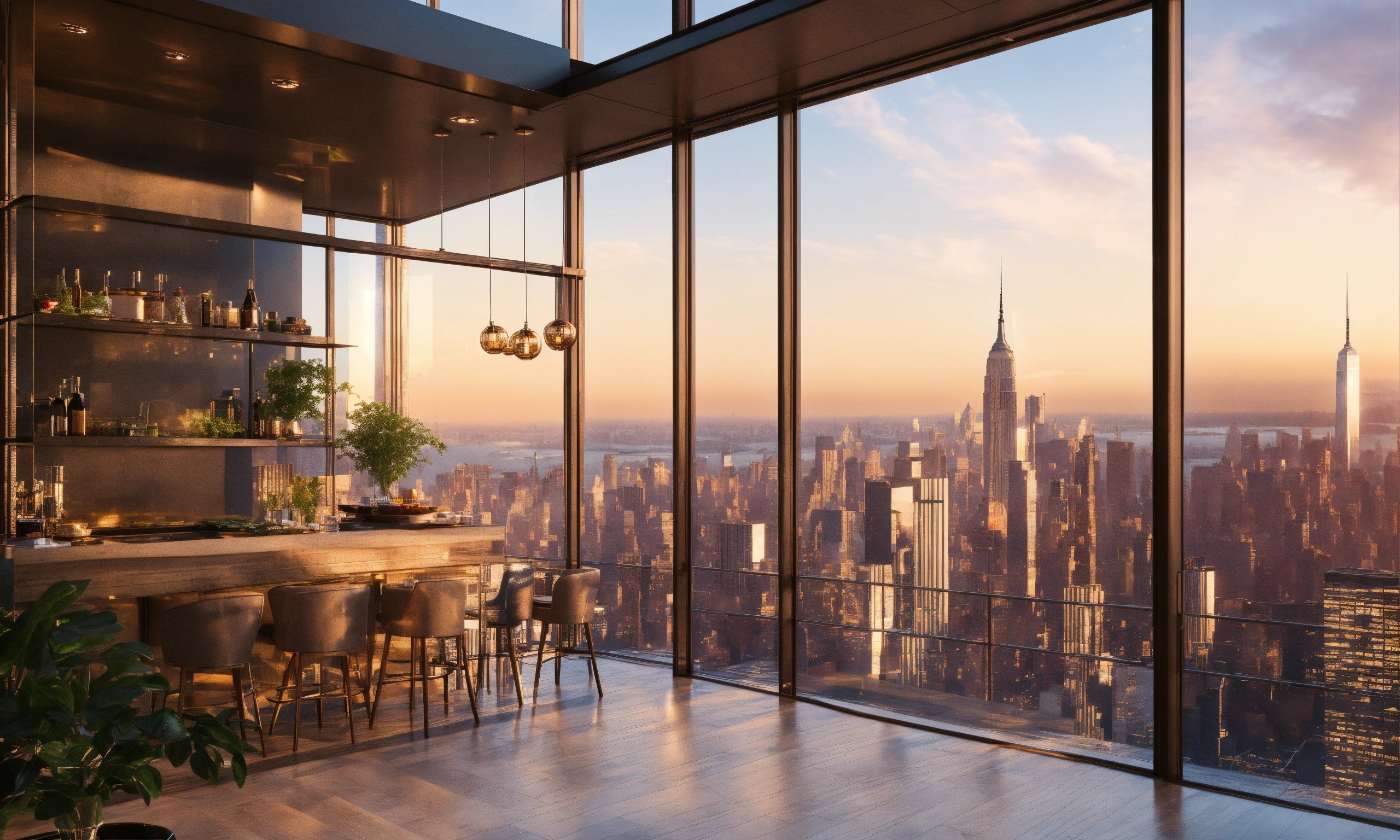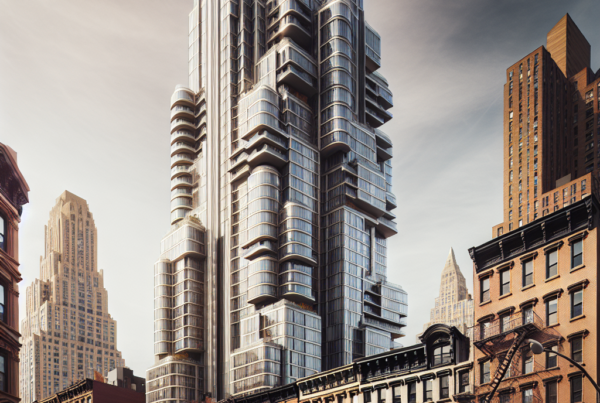Understanding the intricate relationship between construction, development, and real estate prices can offer valuable insights for investors, home buyers, and industry professionals. This FAQ blog explores how various aspects of construction and development impact real estate pricing.

Introduction to Construction and Development in Real Estate
Construction and development play a critical role in shaping the real estate landscape. They impact everything from housing supply to neighborhood dynamics, ultimately influencing property values.
In regions like Manhattan, where property values are consistently high, exploring prime real estates can reveal much about how urban development projects drive up prices. These increments are not just reflective of the added amenities or aesthetic enhancements but also indicative of the projected economic growth of the area.
Real estate development isn’t merely a physical process; it’s a transformative journey for neighborhoods. From neglected industrial areas turning into vibrant residential hubs to underutilized spaces evolving with the promise of urban renewal, construction has the power to redefine real estate landscape profoundly.
How Construction Impacts Housing Supply and Demand
New construction projects increase housing supply, which can lead to changes in property prices. Understanding these dynamics helps anticipate market trends.
When new developments arise, these projects can shake up the neighborhood dynamics. While adding to the housing supply, the quality of construction and neighborhood amenities also elevate demand, potentially keeping prices stable or driving them higher.
It’s important to note that housing supply doesn’t act in isolation; it is part of a complex interplay that includes economic conditions. For example, higher interest rates can dampen demand as borrowing becomes more expensive, thus impacting pricing trends in new constructions.
The Role of Infrastructure Development in Real Estate Pricing
Investment in infrastructure, such as roads and public transit, can significantly affect property values by enhancing accessibility and improving community desirability.
Consider the transformation seen in areas of Brooklyn. The introduction of improved transit options and enhanced local facilities has been pivotal in boosting real estate values, indicating that infrastructure can be a powerful catalyst for increasing property desirability.
For real estate investors, the promise of future infrastructure developments often acts as a beacon of opportunity. Properties in such regions may command higher premiums long before the infrastructure projects materialize, driven by market speculation and expectations of enhanced connectivity and convenience.
Impact of Commercial Development on Residential Real Estate
The growth of commercial establishments can elevate residential property prices by increasing the area’s attractiveness and convenience.
Commercial growth not only brings business incentives but can also have a direct impact on the value of homes. New shopping centers or stable businesses ramp up local economic activity, enhancing the living appeal of nearby residential properties, thereby pushing up their market prices.
This transformation is evident in historically residential neighborhoods turning into mixed-use spaces. The integration of commercial avenues within residential belts can result in a vibrant ecosystem that thrives on accessibility and leisure, oftentimes causing a surge in home prices despite the inclusion of commercial elements.
Environmental Considerations and Sustainable Development
Sustainable development practices can influence real estate prices positively by attracting environmentally conscious buyers and reducing long-term costs.
The shift towards sustainability in construction is reshaping the real estate sector. With increasing awareness and demand for green buildings, new developments are increasingly incorporating energy-efficient technologies, which could translate to higher real estate values due to low operating costs.
Not only do eco-friendly features drive demand among a certain demographic, but they also provide long-term benefits by aligning with future regulatory standards. Market insights suggest that greener buildings are poised to gain market share as consumers prioritize environmental impacts when choosing homes.
Conclusion: Understanding the Influence of Construction on Real Estate Prices
Construction and development wield substantial influence over real estate prices by altering supply, demand, and the surrounding infrastructure. Staying informed about these dynamics can lead to more strategic real estate decisions.






